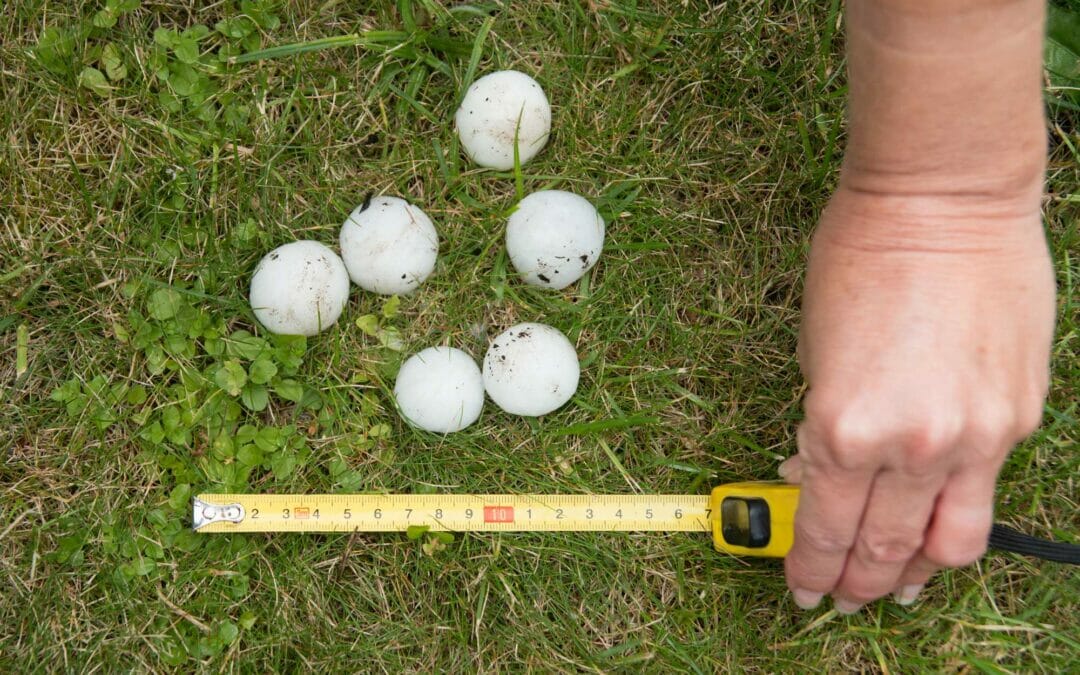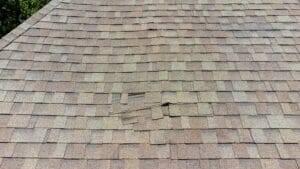Colorado Springs residents are no strangers to hailstorms, especially during the spring and summer months. While some hailstorms might not be severe, they can still wreak havoc on your home, particularly your roof. Detecting hail damage early is crucial to prevent more extensive and costly problems down the road. In this comprehensive guide, we’ll provide three valuable tips for Colorado Springs homeowners to effectively assess hail damage.
Schedule a Professional Inspection
After a hailstorm, it’s highly advisable to schedule a professional inspection of your home, particularly your roof. Companies like Integrity Roofing and Painting specialize in hail damage assessments and repairs. Here’s why professional inspections are essential:
- Trained Eye: Roofing professionals have a trained eye and years of experience in spotting hail damage that may be difficult for the untrained homeowner to identify. They know precisely where to look and what to look for, even in the subtlest of cases.
- Comprehensive Evaluation: Professionals conduct a comprehensive evaluation of your roof and other exterior surfaces to ensure that no damage goes unnoticed. They examine shingles, flashing, gutters, and siding, leaving no stone unturned.
- Documentation for Insurance Claims: In case hail damage is found, roofing professionals can provide documented evidence that is invaluable when filing insurance claims. Their expertise enhances the chances of a successful claim and can help you receive the compensation you deserve.
Look for Visible Signs of Damage
While a professional inspection is crucial, you can also conduct a preliminary visual inspection to identify any apparent signs of hail damage. Here are some key areas to check:
- Roof: Examine your roof for dents or depressions on shingles or metal roofing. Hail damage often manifests as small, round indentations or areas where granules have been displaced. Walk around your property and use binoculars if necessary to get a closer look.
- Gutters and Downspouts: Inspect gutters and downspouts for dings or dents caused by hail impacts. Damaged gutters can affect water drainage, leading to potential water damage to your home’s foundation or basement.
- Siding and Windows: Check your home’s siding, windows, and doors for any visible dents or cracks. Hail can cause these surfaces to weaken over time, compromising your home’s insulation and energy efficiency.
Monitor for Leaks and Water Damage
Hail damage may not always be immediately evident. Sometimes, it takes time for leaks and water damage to become apparent. Here’s what you can do:
- Check for Leaks: After a hailstorm, be vigilant for any signs of water leaks inside your home. Water stains on ceilings or walls, damp spots in your attic, or even water dripping from light fixtures can indicate roof damage and should be addressed promptly.
- Inspect Attic and Insulation: If you suspect hail damage, inspect your attic and insulation for dampness or water infiltration. Even minor leaks can lead to mold growth and compromise your home’s structural integrity over time.
- Address Promptly: If you notice leaks or water damage, act promptly to address the issue. Contact professionals like Integrity Roofing and Painting to assess and repair any hail-related damage. Quick action can prevent more extensive and costly repairs down the line.
In conclusion, assessing hail damage is crucial for the long-term health and integrity of your Colorado Springs home. While you can perform a visual inspection yourself, it’s highly recommended to schedule a professional assessment, especially for your roof. Companies like Integrity Roofing and Painting can provide expert guidance, document damage for insurance claims, and ensure that your home is restored to its pre-hailstorm condition. Don’t wait to address hail damage; act swiftly to protect your most significant investment: your home.



